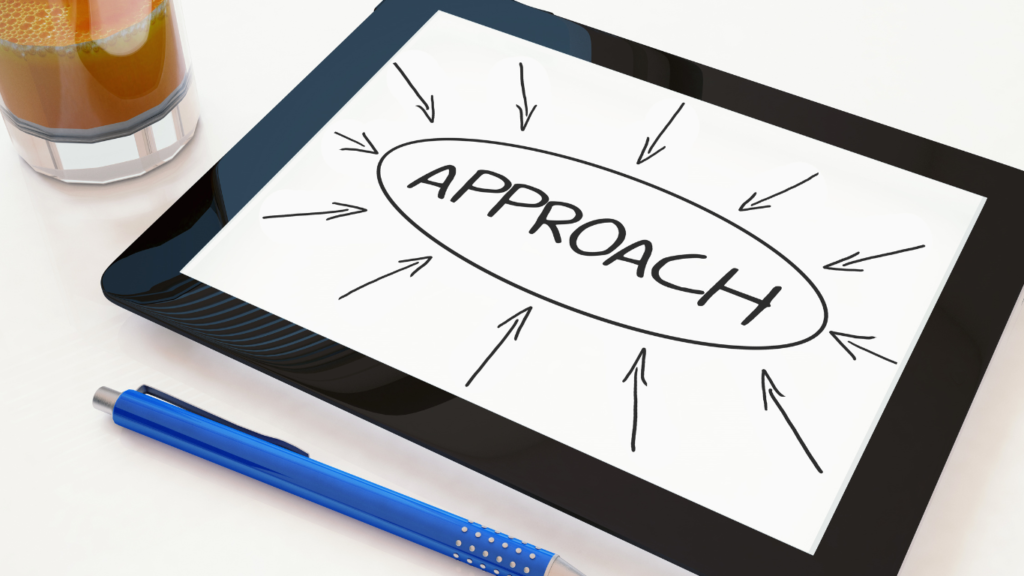
When navigating stress and anxiety in our professional lives, it’s important to understand how your body and brain respond to trauma. By becoming more attuned to physical sensations, you can better manage your reactions and create more grounded responses.
Start by getting grounded in your seat: keep your legs uncrossed with your feet planted firmly on the floor, or stand with your feet hip-width apart and weight evenly distributed on both legs. Maintain an upright posture.
Engage your senses—notice what you hear, see, smell, taste, feel, and think. Becoming more self-aware of your surroundings helps center you in the present moment.
Next, check in with your body. Is there any tightness in your jaw, stomach, shoulders, or other areas of constriction? Acknowledge where you might be experiencing stress or holding tension.
Pay attention to how your body reacts to extreme stress, and work on unlocking the muscles that tend to tighten in those moments through an embodied practice. Over time, practicing awareness can help release physical tension.
Consider making physical contact with a pet or person who brings you a sense of safety. Sometimes, reaching out to a close friend or family member who offers comfort in times of need can help regulate your nervous system.
Finally, consider learning more about trauma and how to regularly process and manage stress. Doing so will help you in building resilience and metabolize anxiety in a healthy way.
Learn the Impact of Global Perspective and the keys to Building Resilience and Clarity.
